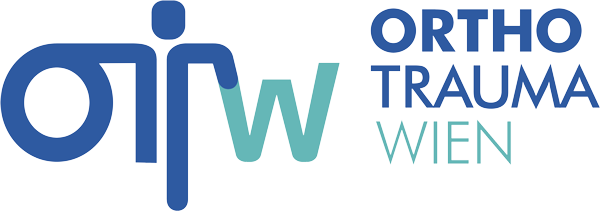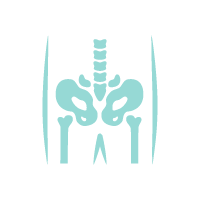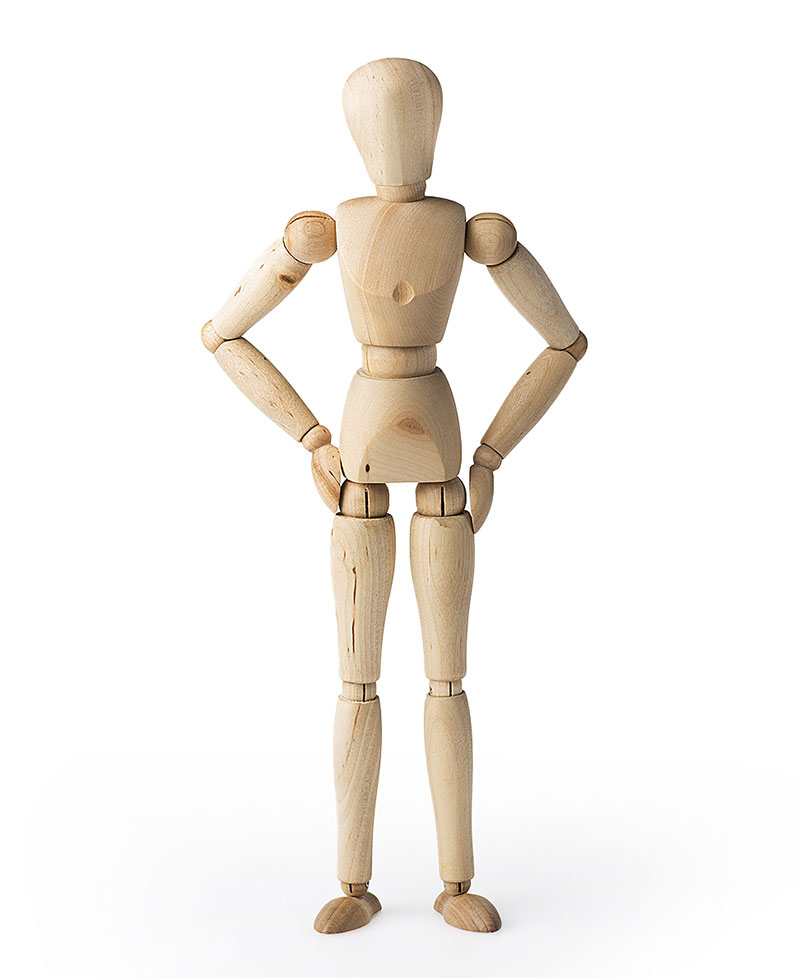Hip dysplasia a condition in which the ball and socket joint of the hip is not formed properly in babies and young children. During development, dislocation of the hip joint may develop due to the misshaped joint. In Austria hip dysplasia is rather rare due to new-born screening.
Bursitis is inflammation of the bursa (thin sac of fluid) over the hip joint. It is caused either by a germ or by repeated strain.
Femoral head necrosis is a condition in which the bone of the femoral head dies due to a disruption in circulation. When the entire femoral head is affected then conservative therapy is not possible. Surgical management with a total hip replacement is the treatment of choice.
This affects people aged 16-50 years. Causes may be intra-, extraarticular, or non-orthopaedic. Usually a good history and examination are sufficient to guide the further management.
Hip pain can have various causes, the most common of which is age-related wear. This reduces the damper function of the joint and the cartilage is irreparably damaged. The joint forms painful changes in shape. Typical symptoms are hip pain when standing up, during weightbearing, and at rest. It also causes a reduced range of motion of the hip jointm due to deformity and muscle shortening. In severe forms only surgical treatment is possible. In these cases a total hip replacement surgery is performed. In mild forms conservative treatment with physiotherapy and injections is possible.


